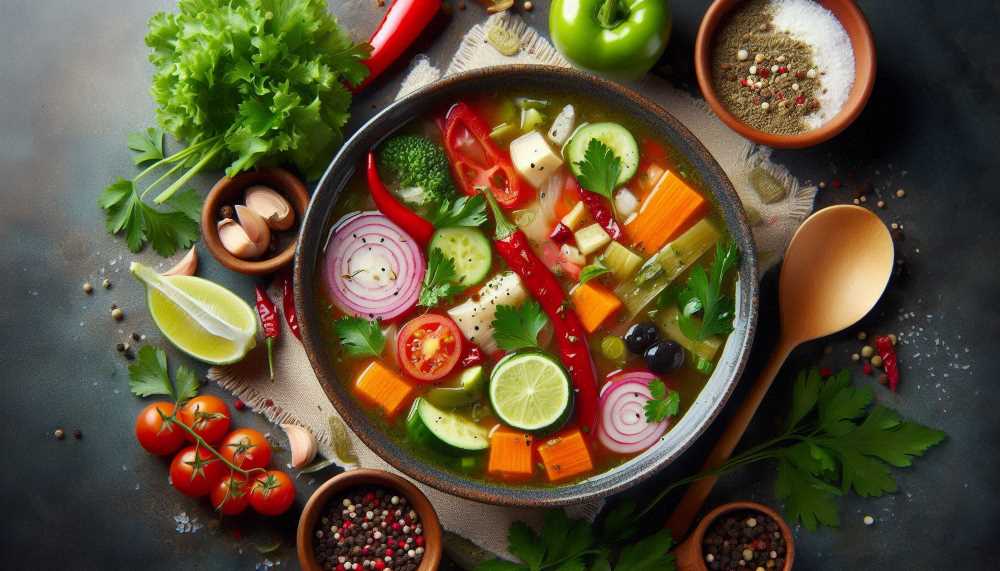The Language of Food and Culture in Tének
A linguist studies the Tének language through its culinary vocabulary. The research reveals deep connections between language, culture, and food. By analyzing recipes and food-related terms, the study aims to understand the Tének worldview and preserve their endangered linguistic heritage.

“My pork rinds are thundering here,” “he thinks he is very salsa-y,” “you put a lot of cream on your tacos,” “let’s go for it, it’s mole de olla,” or “my beans are burning,” are examples of the everyday use of metaphors associated with food in Mexican Spanish. The frequency and use of these metaphors in everyday discourse have not yet been explored in the native languages of Mexico.
The relevance of its study lies in the fact that there is a connection between language and culture that, if expressed on the linguistic level, as in Spanish, reveals the importance of the culinary in a given culture. In addition, the study of speech acts associated with the culinary field can naturally lead us to an understanding of the sensory systems of flavors and smells.




